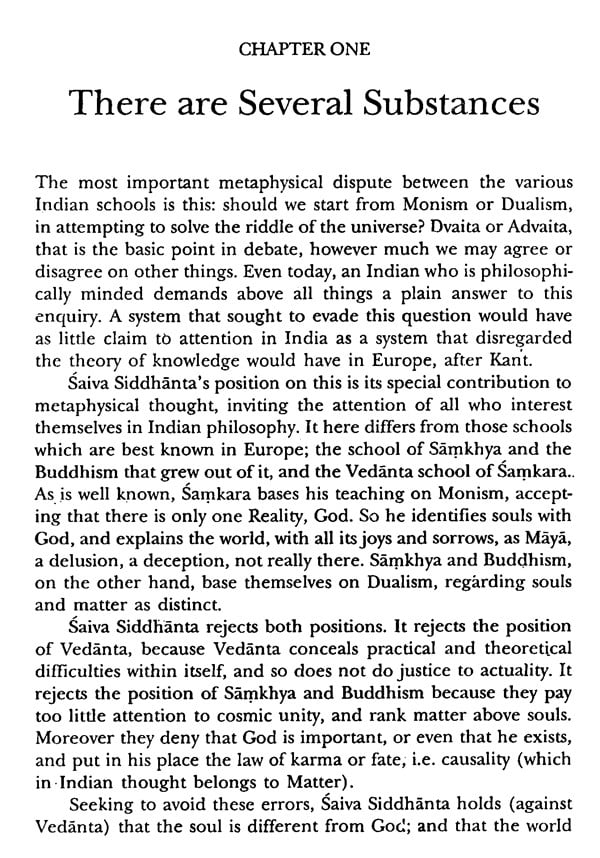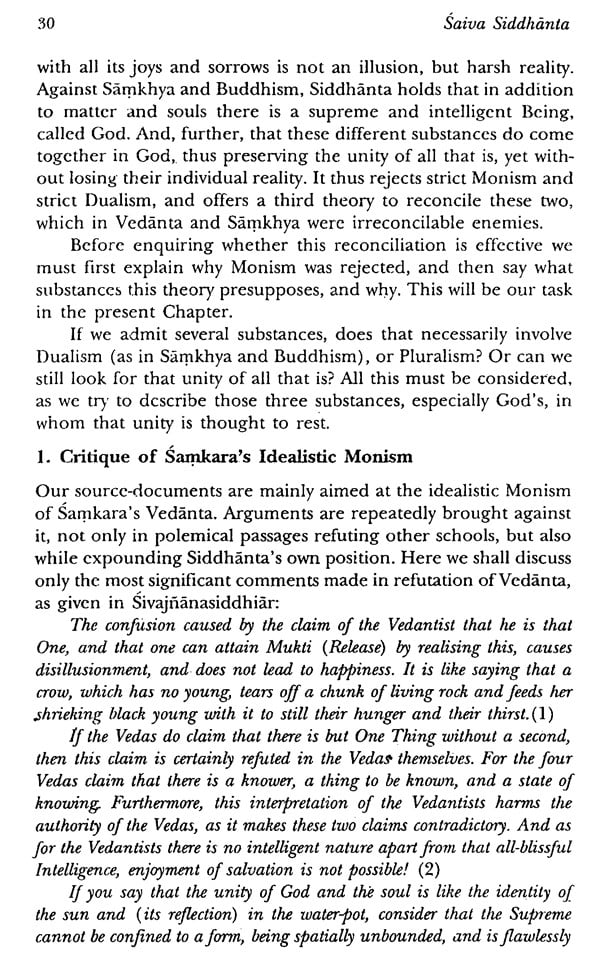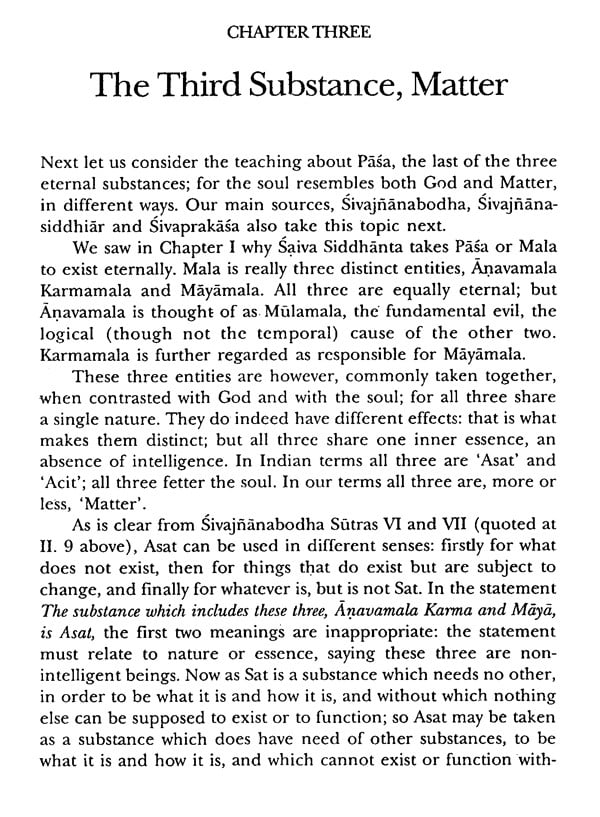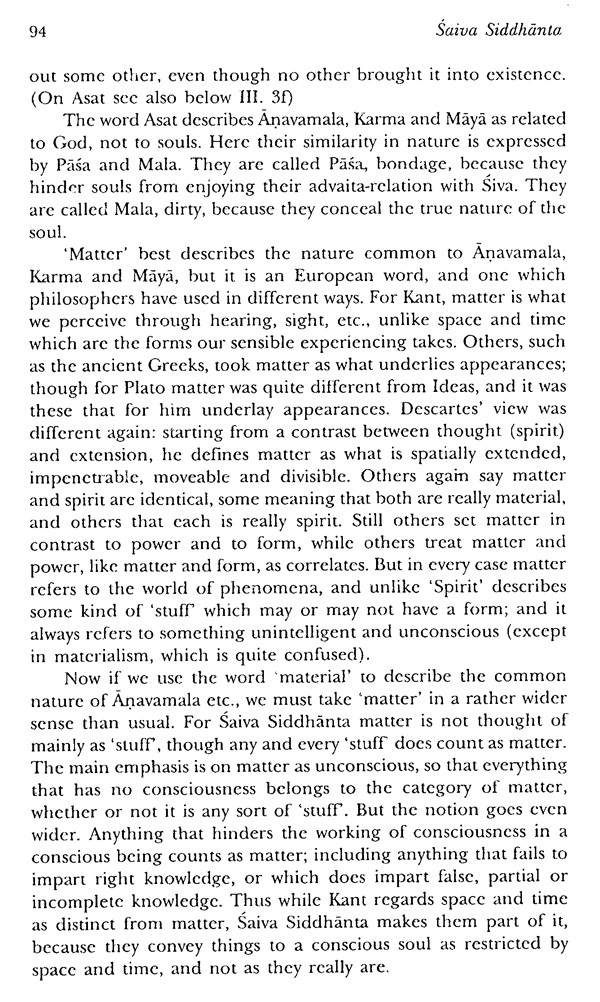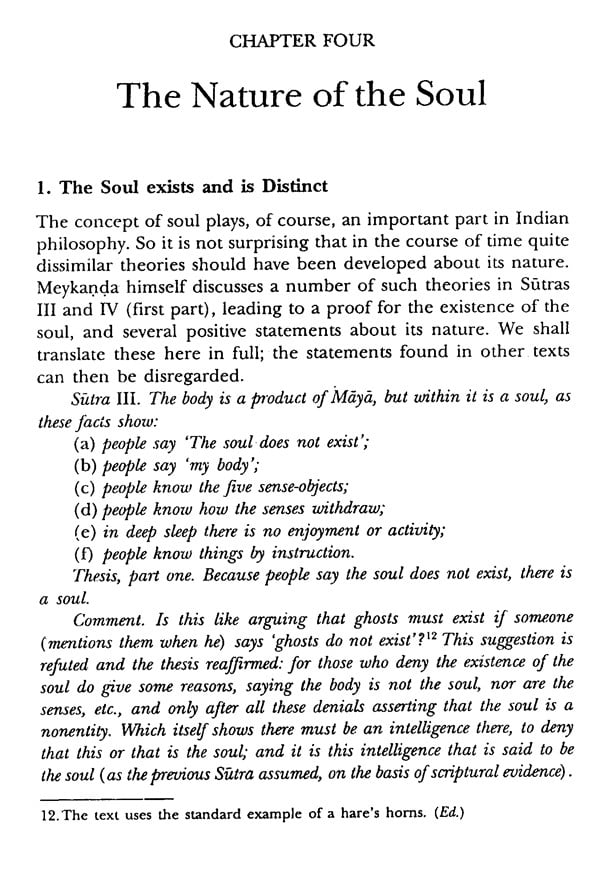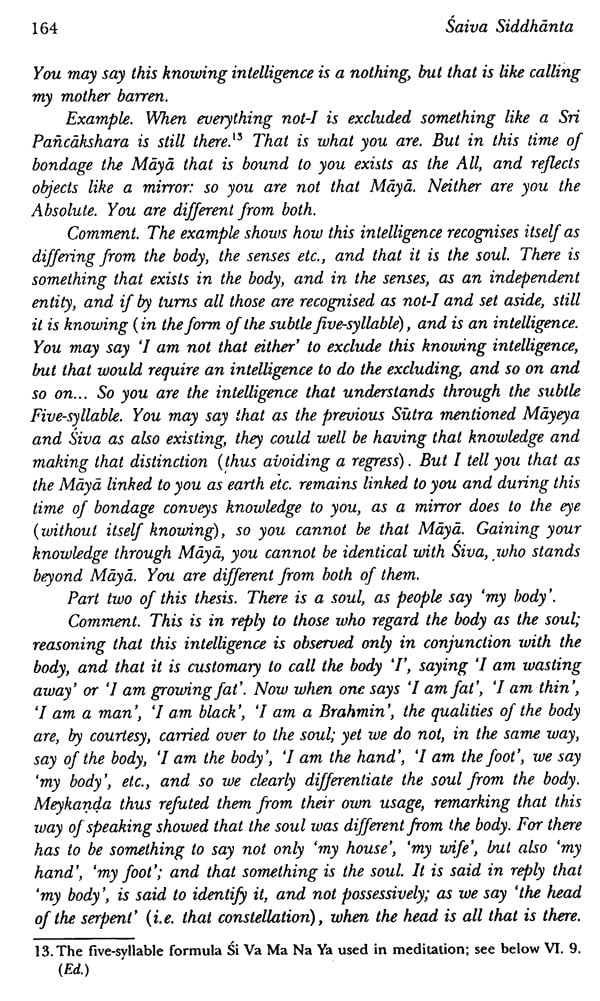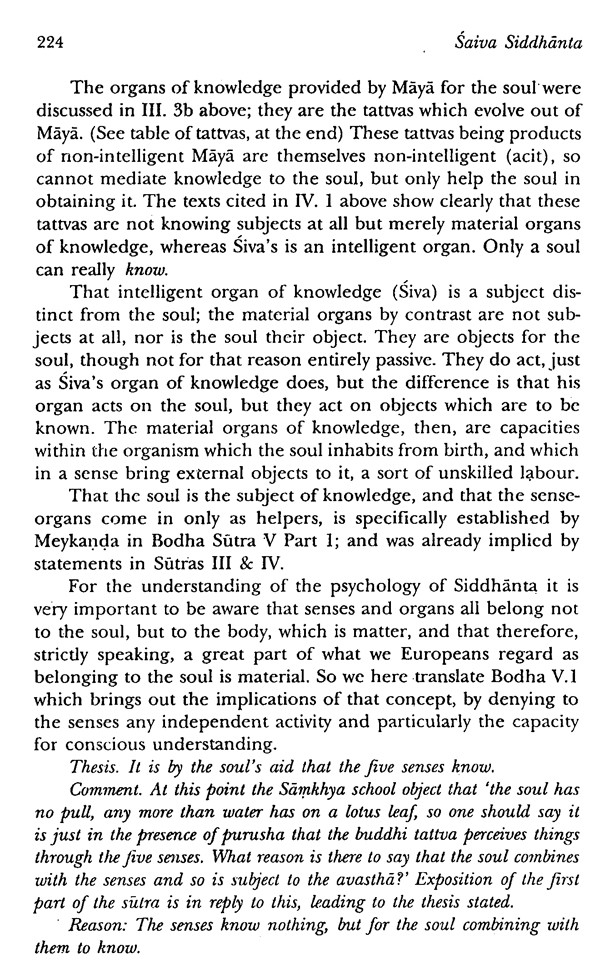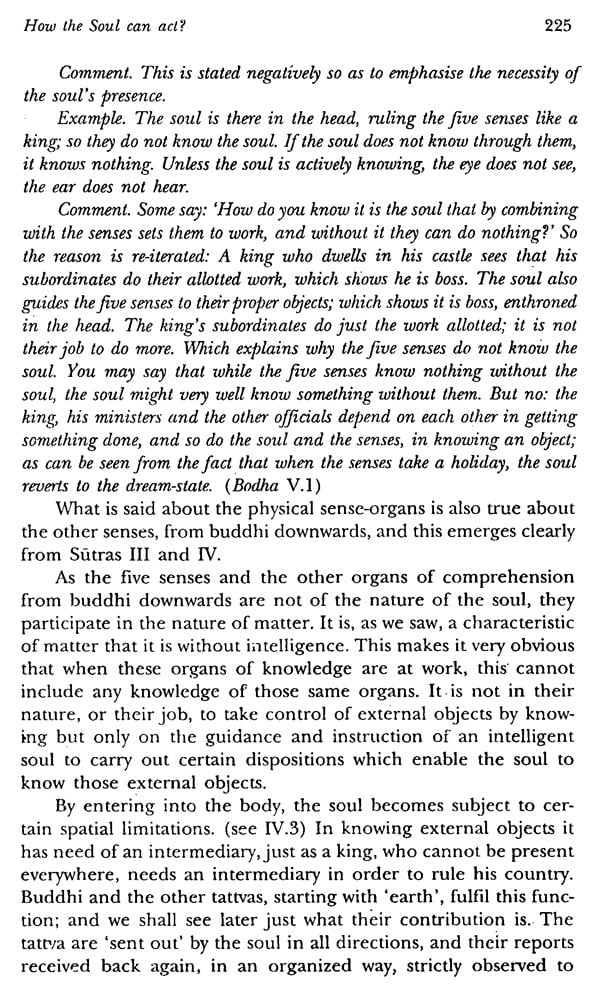
Saiva Siddhanta (An Indian School of Mystical Thought)
Book Specification
| Item Code: | IDD443 |
| Author: | H. W. Schomerus |
| Publisher: | MOTILAL BANARSIDASS PUBLISHERS PVT. LTD. |
| Language: | English |
| Edition: | 2000 |
| ISBN: | 9788120815698 |
| Pages: | 425 |
| Cover: | Hardcover |
| Other Details | 8.7" X 5.7" |
Book Description
The present book being an English translation of a German book entitled Der Saiva Siddhanta by H.W. Schomerus gives a full and documented account of this theistic movement, then as now little known in the west. The book quickly became and still is the major reference work in this field in any European language.
Schomerus cites Siddhanta scriptures on each point. His book thus offers a systematic theology of the movement, from its own basic texts, many of which are not otherwise available in English.
About the Author:
HILKO WIARDO SCHOMERUS was born on January 7th 1879 in Marienhafe, a small town north of Emden in Lower Saxony. After Schooling in Emden and training in Leipzig he went out in 1902 to South India as a missionary of the Evangelical Lutheran Church. Here he learnt Tamil and studied the religious beliefs and theories of the area. Returning to Germany in 1912 he published this work and undertook further study in Britain and Germany. In 1926, after further pastoral and academic work, he was appointed Professor of Religious and Mission Studies at Halle University. After long and distinguished service he died there in 1945.
MARY LAW, after many years in School teaching, took a degree in retirement, and then wrote a thesis on Western Understanding of Saiva Siddhanta (M.Phil. Thesis, University of Wales, Cardiff, 1993), of which this present translation formed a part.
HUMPHREY PALMER served as her supervisor and Head of Department, and undertook final revision for the press.
Preface
References (Ed.)
Introduction
- 1. The Home of Saiva Siddhanta
2. The Saivagamas, their Main Authority
- (a) Origin and Date of the Agamas
(b) Grouping and Range of the Agamas
(c) Significance of the Agamas
(d) The Authority of the Agamas
4. A Survey of the History of Saiva Siddhanta
- 1. Critique of Samkara's Idealistic Monism
2. Critique of Emanation-Monism
3. Which Things are Eternal?
- 1. Proofs that God exists
2. That God is One
3. God's Nature as Sat-Cit-Ananda
4. God's Attributes
- 4a.(i) God, being Sat, is Great
(ii) God is Almighty
(iii) God cannot change
(iv) God the Mala-free
(v) God is Nirgunan
4b.(i) As Cit, God knows everything
(ii) God is everywhere
(iii) God is not Partisan
(iv) God's Love
5. Is God a Person?
6. Siva's Sakti
7. The Form of Siva
8. God is Advaita-related to the world
9. Siva as Knower and Known
- 1. Anavamala
2. Karmamala
3. Mayamala
- (a) Maya, the World's Material Cause
(b) The Products of Maya
(c) Bodies composed from the Tattvas
(d) How the World arises from Maya?
(e) Maya fetters Souls
(f) How Maya and its Products exist?
(g) An Assessment of Maya Theory
- 1. The Soul exists and is Distinct
2. How many Souls there are, and what sorts?
3. Basic nature of the Soul
4. How the Soul relates to the other Substances?
- 1. Under Anavamala's Sole Control
2. Features of Sakala Avastha
3. The Course of Transmigration
4. How the Soul exists during Sakala Avastha?
5. How the Soul can act?
6. What the Soul does in Sakala Avastha?
7. Stages on the Way to Salvation
- 1. From Sakala to Suddha Avastha
2. What Suddha Avastha is like
3. Release made complete by the Sadguru
- (a) Siva appears as Sadguru
(b) Why Siva has to appear as Sadguru?
(c) Instruction by the Guru
(d) The Guru's Way of Teaching
- (a) Getting rid of Wrong Means to Knowledge
(b) Getting rid of False Objects of Knowledge
(c) How Knowledge brings Light to the Soul?
- (a) Getting rid of Karmamala
- (i) Getting rid of Agamya Karma
(ii) Escaping the Consequences of Karma
7. Freeing the Soul from Three-fold Mala
8. The Evil of Habit
9. Removing the Evil of Habit
- 1. Release perfected by Union with Siva
- (a) How the Soul unites with Siva, in Mukti?
(b) The Benefit of Union with Siva
3. Saiva Siddhanta and the Last Things
Tables
Scriptural Passages
Glossary
Index
